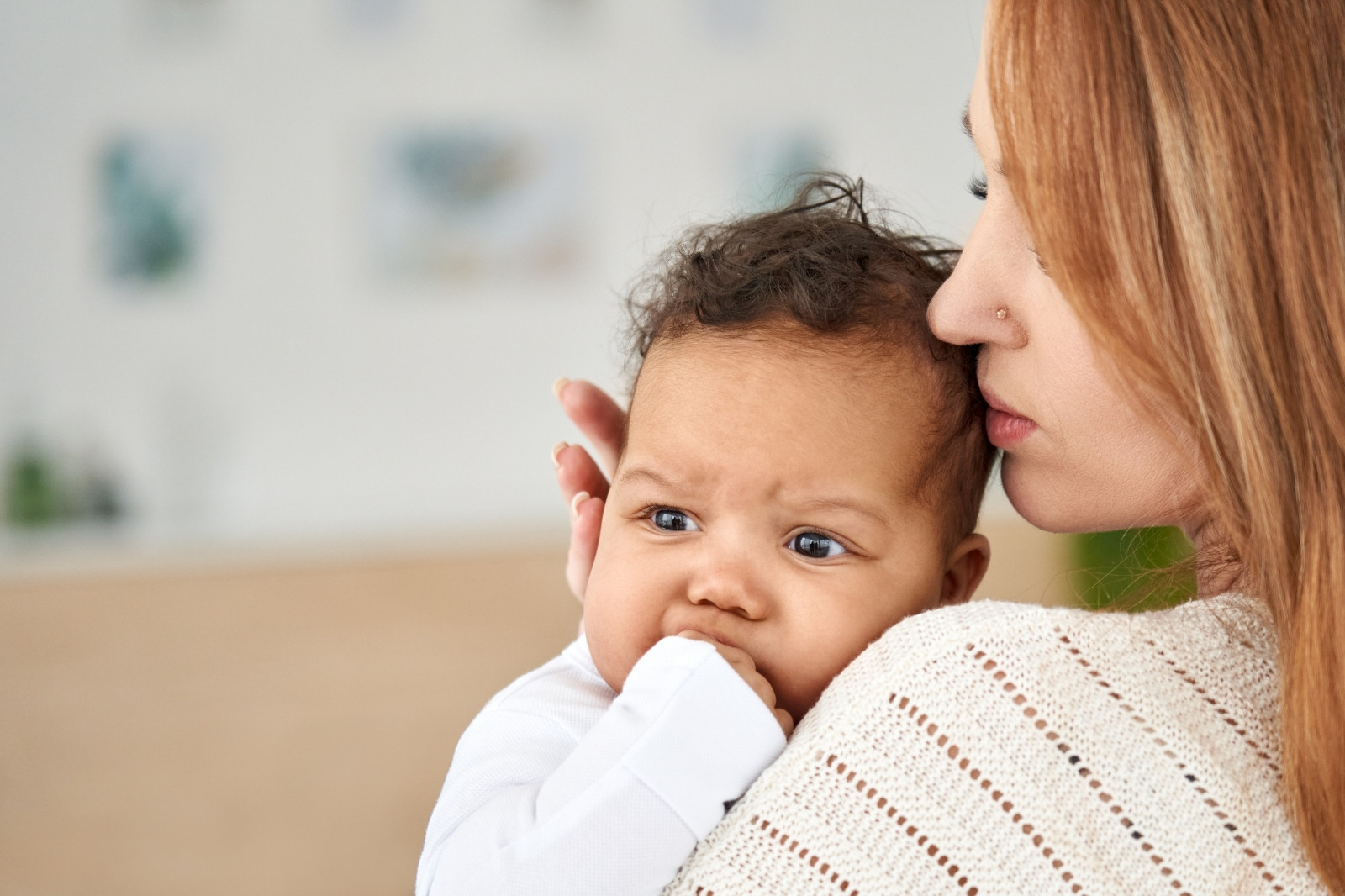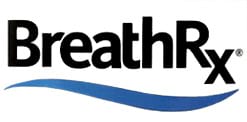As a parent, you may notice that your child has rashes on their face. You should know that some of these rashes appear because of teething. As the new baby teeth appear between the age of 6 to 24 months, there’ll be a lot of irritation. Since the baby's skin is sensitive, the baby may have rashes. The rash is also referred to as drool rash or a teething rash. The teething rash usually appears because there are bits of saliva, food, and constant wetness, which will irritate the baby’s skin. When the baby starts to rub their skin frequently, they will develop a harmless and persistent rash.
How Do You Identify A Rash That Has Appeared Because Of Teething?
The baby usually drools a lot within their first two years. The drooling will start when the child is at least four months old. The first tooth may appear during this period. The child can develop a rash at any point, but the rash cannot determine whether the child’s teeth will start to appear.
The teething rash can appear in the following areas:
• Cheeks
• Chest
• Neck
• Chin
Fortunately, you can seek advice from our dental professionals at the Upper Hunt Club Dental Centre in Ottawa.
If Your Baby Uses A Pacifier
If your child uses a pacifier, with time, you’ll notice a drool rash on the areas of the skin that have come into contact with the pacifier. The teething rash will cause slightly, or flat raised patches that have tiny bumps. The skin also becomes chapped in the process. The teething rash usually comes and goes.
Other symptoms include:
• Rash
• Drool
• Gum pain and leads to increased fussing or crying
• Increased chewing on objects and toys
If your baby has a fever, you should get in touch with your paediatrician.
When Should You See A Doctor?
A rash will appear from the drool, and it may look like a mouth disease or measles. In most cases, a baby with a teething rash can appear ill, and may experience fever. You should be able to differentiate between a teething rash and another condition. The rashes aren’t as severe; however, you should get in touch with a paediatrician since they’re well suited to confirming the specific condition your child is suffering from.
One rash which needs attention fast is known as petechiae. The rashes are red, flat, and pinpoint dots that can’t turn white when pushing down on them. Such rashes need medical care immediately. Contact your doctor if the rashes:
• Are cracked
• Get worse suddenly
• Are weeping fluid
• Are bleeding
• Accompanied by fever if the baby is less than six months old
How Do You Treat Teething Rash At Home?
If you want to treat a drool rash, you should ensure it is clean and dry. A healing balm should be applied to the skin. Emollient creams usually provide water barriers that ensure the area will be dry at all times, which means the drool can’t irritate the baby’s skin. Some of the emollient creams that you can use include Aquaphor or Vaseline.
Natural products that contain beeswax can also help to protect your child’s skin. If your baby has rashes, you shouldn’t use a lotion that has fragrance.If you’ve opted for emollient cream, you should dry the drool first and apply the cream numerous times daily. For severe rashes, speak to your doctor or dentist for proper treatment options.
How Do You Manage Teething Pain?
There exists conflicting evidence about where or not the teething process will cause pain in infants. In this case, the pain will appear as the teeth break through the gums. Your baby may experience the pain after or before. Additionally, the discomfort will reduce when you try out some of these tips:
• Cold teething toys: the teething toys should be cooled in a refrigerator and will provide ease for the discomfort.
• Gum massage: the sore area should be gently massaged with a clean finger for at least two minutes.
Teething is a natural process, but it is also an uncomfortable process for babies. Visit us at the Upper Hunt Dental Centre in Ottawa once your baby has their first tooth. Contact us today to schedule an appointment and learn more about ways to help with teething.













